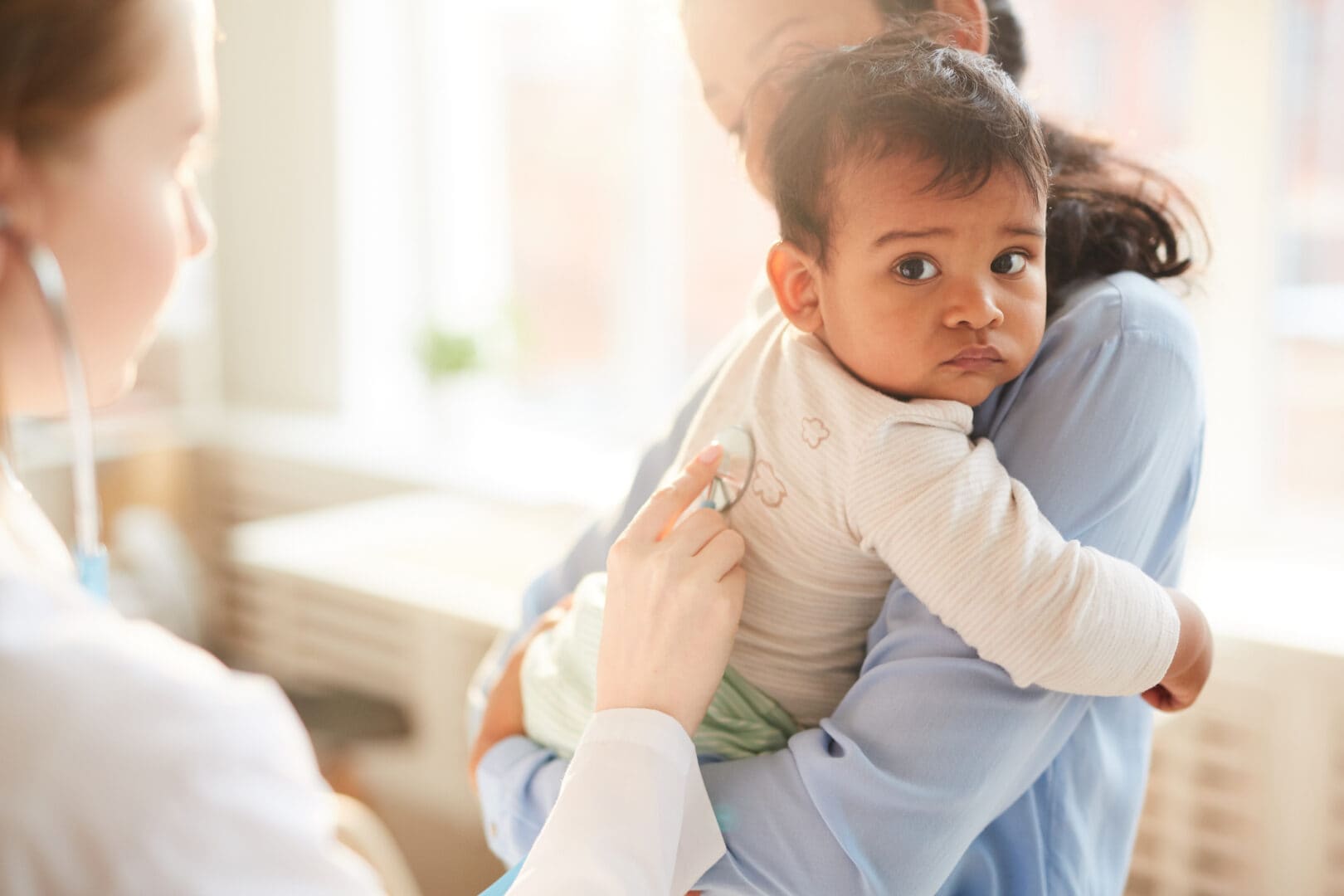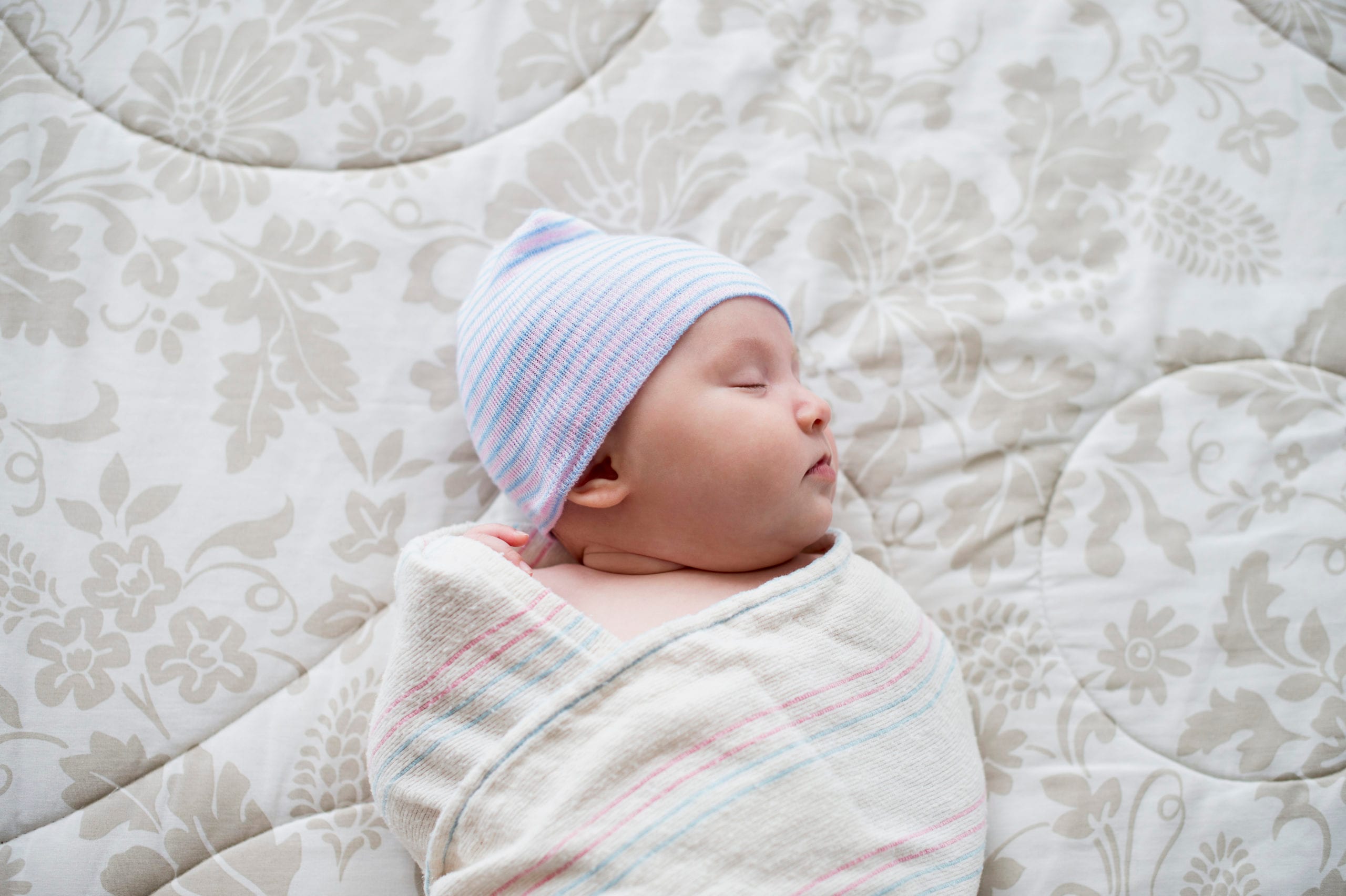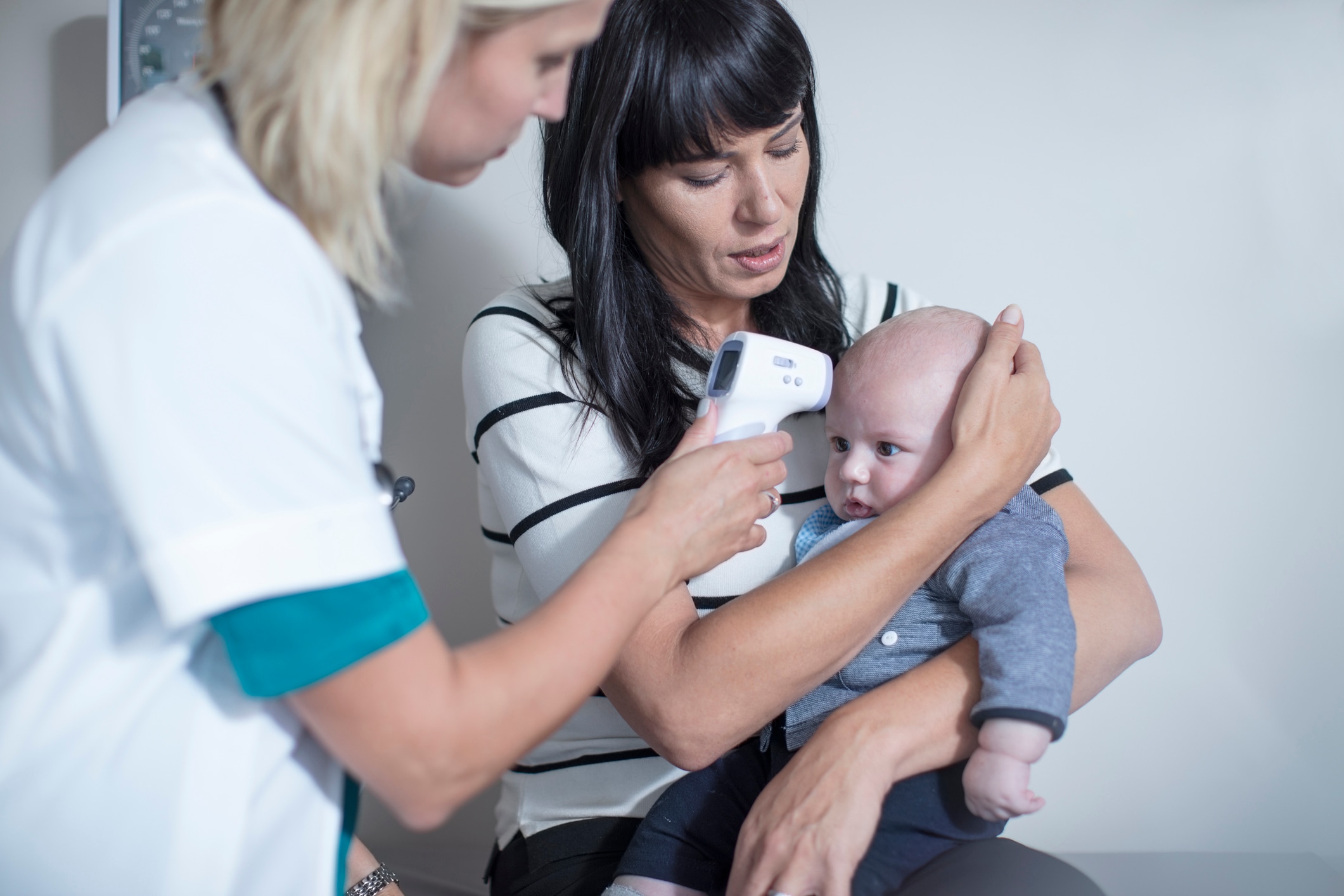If you’re the parent of an infant or school-age child, there’s a good chance you’ve been on high alert about Respiratory Syncytial Virus (RSV). RSV is a potentially serious respiratory illness that can impact kids of all ages — especially vulnerable infants. While RSV is not a new or uncommon virus, it has been making headlines in recent years due to spiking transmission rates.
Typically, viruses like RSV spike in the fall and winter months, but the seasonality of these viruses was disrupted by the pandemic, says Dana Evans, a respiratory therapist and the Respiratory Regional Director for Advocate Health Care and Aurora Health Care. “Social distancing, masking and children not being in school during the pandemic led to many viruses virtually disappearing from the community,” she explains. “In 2021 and 2022, with pandemic restrictions lifted, the viral season was more unpredictable than in previous years.”
Evans says the rate of RSV infections seems to be returning to normal; however, parents should still be aware of the risks of RSV in kids. Luckily, there are many tools to protect children and babies from RSV, including a newly approved RSV vaccine for expectant mothers. Here, pediatricians, a respiratory therapist and other parents share what you need to know about RSV, and how to keep kids safe.
What is RSV?
“RSV is a viral illness that impacts breathing and is spread through fluids from the nose and mouth,” says Dr. Amna Husain, a board-certified pediatrician in Marlboro, New Jersey. “Early phases of RSV often present as a mild cold; however, as RSV is a common cause of inflammation of the small airways in the lungs, it can turn into severe respiratory disease.”
“Early phases of RSV often present as a mild cold; however, as RSV is a common cause of inflammation of the small airways in the lungs, it can turn into severe respiratory disease.”
— DR. AMNA HUSAIN, PEDIATRICIAN
In a typical year, an estimated 58,000 U.S. children under age 5 are hospitalized due to RSV, and the Centers for Disease Control and Prevention (CDC) predicts that “almost all children will have had an RSV infection by their second birthday.” Like many other respiratory infections, RSV spreads through droplets from coughs and sneezes that are left on surfaces or transmitted during close contact. Young babies and children and those with weakened immune systems are typically most susceptible to the virus.
Connecticut mom Megan Zander says her twins caught RSV when they were just 3 weeks old. They both developed coughs, runny noses and fevers. Soon, their congestion made it nearly impossible for them to eat, and they were admitted to the hospital with RSV. The newborns spent their 1-month birthdays under the constant care of doctors and nurses.
“It was reassuring to know their oxygen was being monitored, but I felt like a giant failure as a mom,” Zander says. “I felt very helpless. There was nothing I could do except hold them and hope with all I had that they would get better.”
While not every baby or child who gets RSV ends up in the hospital, it’s important to know what signs and symptoms to look out for.
Symptoms of RSV in kids
At onset, RSV in kids presents like the common cold. Evans says symptoms can last for up to two weeks and vary in severity.
Common symptoms of RSV in kids, according to Evans, include:
- Runny nose.
- Cough.
- Sore throat.
- Congestion.
- Fever.
- Decreased appetite.
RSV is the most common cause of bronchiolitis and pneumonia in U.S. children younger than 1 year of age, according to the CDC.
“It can progress beyond the upper respiratory tract and involve the lower respiratory tract, causing severe symptoms like wheezing and difficulty breathing,” Husain explains. “When children experience difficulty breathing, they may be unlikely to take in fluids and also encounter dehydration. This combination of symptoms can land children in the hospital.”
Who gets RSV?
Because babies are more susceptible to RSV, there’s a common misconception that only parents of infants need to worry about the virus. Christine A., a mom of three from Cleveland, Ohio, was stunned when her three kids, ages 8, 13 and 15, recently developed symptoms of RSV. “My husband came home after taking our [oldest] daughter to the doctor and said she has RSV, and I said, ‘No, she doesn’t,’” Christine says. “I was like, ‘How do you not know RSV is for babies?’”
Contrary to popular beliefs, “RSV is a very common virus that anyone can get,” Evans explains. Symptoms are typically milder in older children and adults, but an estimated 177,000 people over age 65 are hospitalized with RSV each year.
“RSV is a very common virus that anyone can get. Taking precautions not to spread the virus to others is important.”
— DANA EVANS, PEDIATRIC RESPIRATORY THERAPIST
“Taking precautions not to spread the virus to others is important,” Evans says. To prevent the spread of RSV, she recommends taking many of the same steps used to prevent transmission of COVID-19, the flu or any other respiratory virus.
Safety precautions against RSV may include:
• Practicing good hand hygiene.
• Covering coughs and sneezes.
• Staying home from work and school when ill.
• Sanitizing frequently touched surfaces.
• Avoiding close contact with others.
Is there an RSV vaccine for kids?
While there’s not yet an approved RVS vaccine for all kids, there are two immunization options that can help protect those at high risk.
In 2023, the U.S. Food and Drug Administration (FDA) authorized an RSV vaccine for use in adults over age 60 and pregnant women. Nirsevimab (also known as Beyfortus) can be given to pregnant women between 32-36 weeks gestation in order to help pass protective antibodies to the fetus. This vaccine is recommended to be given from September through January for most of the United States, according to CDC guidance.
There is also an antibody injection called palivizumab that can offer protection to high-risk infants and young children, such as those who have underlying medical conditions. “This injection is an option for infants younger than 8 months old during RSV season,” Evans says. “It is also recommended for children 8-19 months old who have chronic lung disease. Parents should consult with their pediatrician to determine if RSV antibody immunization is appropriate for their child.”
How is RSV treated?
Since RSV is a virus, it cannot be treated with antibiotics. Instead, do what you can to curtail and ease the child’s discomfort and symptoms.
The most common advice to help manage symptoms includes:
- Resting.
- Offering plenty of fluids.
- Talking with your child’s doctor to see if over-the-counter medications can be used safely.
Evans says her number one tip for helping babies with RSV is to keep their airways as clear as possible. “Make sure to suction their nose often,” Evans says. “Keeping their nose clear makes it easier for them to breathe and take a feeding.”
When should you see a doctor for RSV in kids?
Most babies and children recover from RSV without needing medical interventions, but Husain says a visit to the pediatrician is still a good idea if you suspect your child has the virus. “Testing is the best way for parents to conclusively know if their child has RSV,” she says.
“Parents should trust their instincts when it comes to their babies. If their breathing doesn’t look right, call your pediatrician.”
— DANA EVANS, RESPIRATORY THERAPIST
While RSV in kids is generally mild, it’s important to watch for signs of severe illness, says Dr. Daniel Ganjian, a pediatrician at Providence Saint John’s Health Center in Santa Monica, California. In general, it’s time to call or visit the pediatrician if you notice:
- Wheezing.
- Persistent high fever.
- Symptoms that worsen over time.
- Symptoms that last longer than two weeks.
In some cases, RSV requires emergency treatment. Seek immediate emergency care, advises Ganjian, if you notice your child is:
- Breathing rapidly or struggling to breathe.
- Using their stomach muscles to facilitate breathing.
- Flaring their nostrils while trying to breathe.
- Developing blue lips.
Evans says the most common reasons for hospitalization with RSV are dehydration and difficulty breathing, particularly among infants. “In general, parents should trust their instincts when it comes to their babies,” she says. “If their breathing doesn’t look right, call your pediatrician.”





